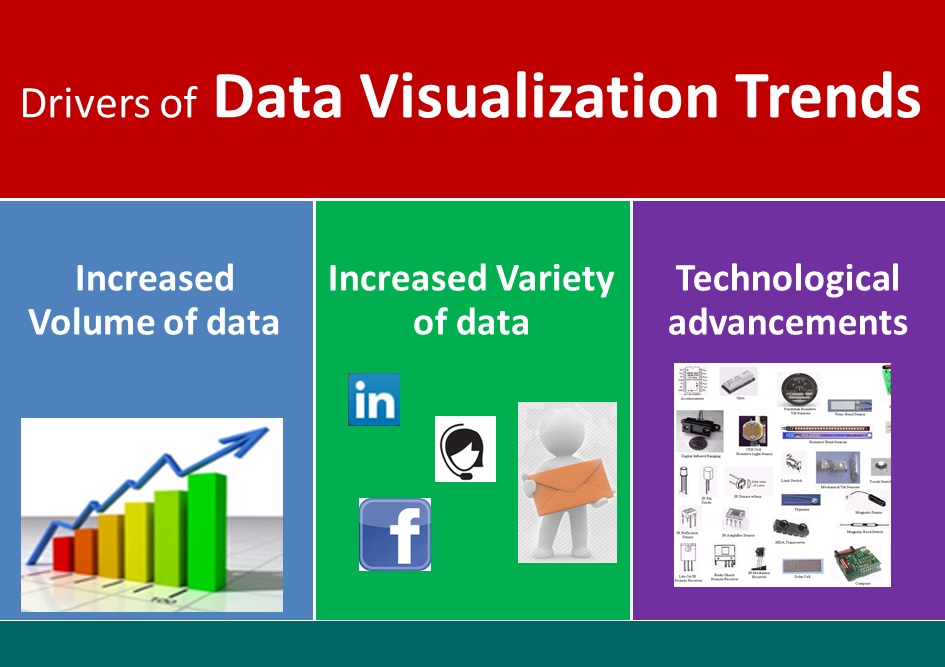|
The advent of technology has revolutionized various industries, and one sector that has experienced significant transformation is e-commerce. With the widespread adoption of the internet and mobile devices, online shopping has become a part of our daily lives. This article explores the evolution of e-commerce and its impact on the retail landscape. In the early days, e-commerce was limited to simple online catalogs and basic transactions. However, advancements in technology and the introduction of secure payment gateways paved the way for the growth of e-commerce platforms. Today, individuals can browse through extensive product listings, compare prices, and make purchases within minutes using their smartphones or computers. One of the major driving forces behind the success of e-commerce is convenience. Consumers no longer need to visit physical stores, navigate crowded aisles, or wait in long queues to complete their purchases. E-commerce allows people to shop from the comfort of their homes, at any time of the day, and have their orders delivered right to their doorstep. This convenience factor has significantly contributed to the rise in popularity of online shopping. Another crucial aspect of e-commerce is the ability to access a global marketplace. Traditional brick-and-mortar stores are limited by geographical boundaries, but e-commerce transcends these limitations. Online retailers can reach customers worldwide, allowing businesses to expand their customer base and tap into new markets. This globalization of commerce has opened up immense opportunities for businesses of all sizes to thrive in the global economy. Furthermore, e-commerce has transformed the retail landscape by providing personalized shopping experiences. Through data analytics and artificial intelligence, online retailers can gather vast amounts of information about consumer preferences, purchase history, and browsing behavior. This data enables them to offer personalized recommendations, targeted advertisements, and customized promotions, enhancing the overall shopping experience. Moreover, the rise of social media platforms has further fueled the growth of e-commerce. Social media channels have become powerful marketing tools for businesses, allowing them to showcase products, engage with customers, and drive sales. Influencer marketing, in particular, has gained traction, as influencers collaborate with brands to promote products to their followers, leading to increased brand visibility and sales. However, as e-commerce continues to evolve, it faces challenges such as cybersecurity threats, counterfeit products, and logistical complexities. Businesses must invest in robust security measures, authenticity verification systems, and efficient supply chain management to ensure a seamless shopping experience and maintain consumer trust. In conclusion, e-commerce has undergone a remarkable transformation over the years, reshaping the retail landscape and revolutionizing the way we shop. Its convenience, global reach, personalization capabilities, and integration with social media have made it a dominant force in the retail industry. As technology continues to advance, we can expect further innovations in e-commerce, creating new opportunities and challenges for businesses and consumers alike.  |
